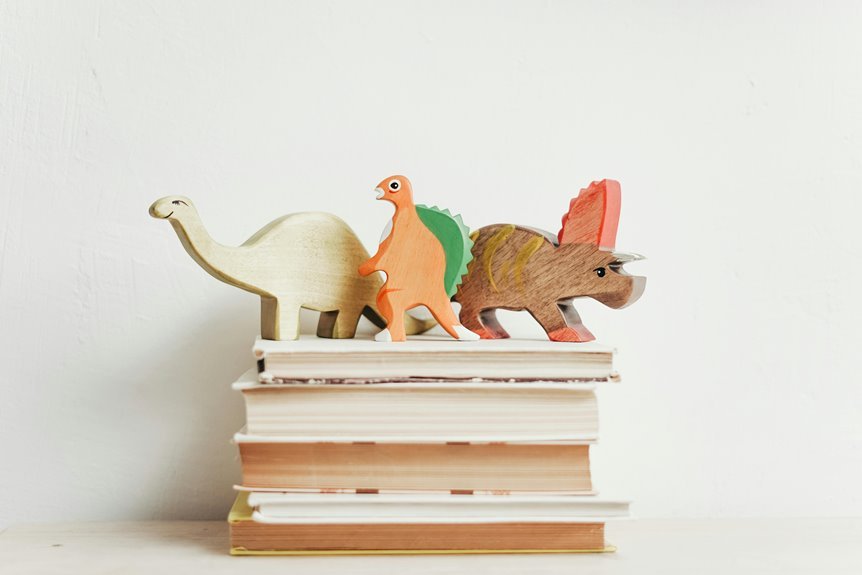
Animation Facts : Surprising Things You Didn’t Know
Animation, often perceived as a modern phenomenon, has roots that extend back over 30,000 years. Early cave paintings demonstrate a fundamental understanding of sequential movement, hinting at an innate desire to tell stories. Voice acting plays a pivotal role in bringing animated characters to life, utilizing emotional modulation to enhance viewer connection. Meanwhile, sound design contributes significantly to the immersive experience. These layers of creativity not only enrich narratives but also invite further exploration into the evolution of this art form.
The Origins of Animation: A Journey Through Time
The origins of animation can be traced back over 30,000 years, with early evidence found in prehistoric cave paintings that depict sequential movement.
Advancements such as the zoetrope, invented in the 19th century, exemplified early techniques that harnessed persistence of vision.
These innovations not only captured the imagination but also laid the groundwork for the dynamic storytelling that would evolve into modern animation.
The Art of Voice Acting: Behind the Scenes of Character Creation
While many viewers may focus solely on the visual spectacle of animated films, the unseen artistry of voice acting plays a pivotal role in character development and storytelling.
Through voice modulation, actors convey character emotions that resonate with audiences. Collaborative efforts among actors enhance script interpretation, allowing for nuanced performances that breathe life into animated characters.
Ultimately, this enriches the viewer's experience and connection to the narrative.
The Role of Music and Sound: Enhancing the Animated Experience
Voice acting serves as a foundation for character development, but it is the addition of music and sound that elevates the animated experience to new heights.
The musical influence shapes emotional landscapes, while meticulous sound design enhances realism and immersion.
Together, they create a cohesive narrative, allowing audiences to engage more deeply with the story and its characters, ultimately enriching the viewing experience.
Innovations in Animation Technology: From Hand-Drawn to CGI
As animation evolved, significant technological advancements transformed the medium, shifting from traditional hand-drawn techniques to sophisticated computer-generated imagery (CGI).
Innovations in animation software have facilitated this transition, enabling artists to create intricate designs with precision.
Moreover, the integration of virtual reality has expanded storytelling possibilities, immersing audiences in dynamic worlds, thereby redefining the creative landscape and enhancing the art of animation itself.
Conclusion
In examining the evolution of animation, it becomes evident that this art form is a tapestry woven from history, technology, and artistry. As the adage goes, "The whole is greater than the sum of its parts." The synergy of animation's origins, voice acting, and sound design contributes to a rich narrative experience that captivates audiences. As innovations continue to reshape the landscape, the legacy of animation remains a testament to human creativity and storytelling prowess, ensuring its enduring impact.




